Welcome to GMs Corner. A new curated collection of opinion pieces from our local GMs.
Hello!
Welcome to the first installment of the GM’s Corner here at Dice Dungeons. This will be a section where we discuss GM things; from how to get over your anxiety as a first time GM to tips and tricks even pros can use.
This time, I have been specifically asked to talk about a subject that I am very passionate about, and have only seen discussed in one buried thread in some orphaned forum somewhere:
You are rolling your d100 rolls wrong.
Now, it’s probably not your fault; these things get passed on from GM to player, and then from player to other players… like some sort of transferable disease. Don’t understand what you’re doing wrong? Let me show you.
Ok, First off, I’m talking about rolling a percentile die along with a d10. If you’re rolling an actual d100, well, this discussion isn’t for you. Let’s look at our dice, shall we?
The d10 is a pretty common damage die used in various RPGs, ranging from a d20 system like Dungeons & Dragons to 2d6 systems like those using the Powered by the Apocalypse engine. Let’s go over what each side means when rolling it in this context, shall we?

Now, let’s take a look at the percentile die. This has a very similar numbering scheme to the d10, with one very important distinction: there is an additional 0 after each number. These are used to denote the zeroes, tens, and nineties place.

Now, you might be saying, “Uh, yea. Obviously. This is a dumb article written by a dumb-o”. Well, let’s just reserve that judgement until after this next bit, ok?
So, in order to get a d100 roll without using an enormous golf ball of a die, we roll a percentile die and a d10 and add the result, right?
For instance, this is 37.

And this is 82.

And this is 69. Nice.

But what, I ask you, would you call the following roll?

Every single person I know would call this roll a 50. You’re treating the 0 on the d10 as an actual 0. OK. So, then I ask of you, what is the following roll?

Well, that’s obviously a 7. You have 00 on the percentile, and a 7 on the d10. It can only be a 7. It sure as heck isn’t 107, right? Because that’s outside of the range of the d100 roll, right? Because a d100 roll is from 1-100, right?
Everything I’ve shown you so far is fine.
Or it would be, if it weren’t for one little thing…
You see, you cannot treat both the 0 on a d10 as a zero and the 00 on the percentile die as the ‘zero’s place marker’.
It works for the most part, sure. A 10 would be a 10 and 0 on the percentile and d10. Same works for 20, 30, etc…
But, dear friends, how do you roll a 100 this way?
Most people would say a 00 on the percentile and a 0 on the d10. BUT, given the facts I’ve just carefully laid out, that violates the rules you determine the rest of your rolls by. A 00-0 roll would, technically, be a straight up zero.
Instead of a 1-100 scale, you’ve made yourself a 0-99 scale.
“Oh God, you’re right! How could we have been so stupid? How can we possibly repair this travesty?!” you cry out. Well, I’m benevolent enough a GM that I wouldn’t destroy your world view if I didn’t have a better one to replace it with. And, honestly, it’s pretty simple:
TREAT THE d10 THE SAME WAY YOU’VE ALWAYS TREATED IT.
This way, everything works out perfectly. You can’t roll a zero; a 00-0 roll would be a 10. A 00-1 would be a 1. 90-0 is the coveted 100 roll. Sure, a 40-0 roll being a 50 isn’t immediately obvious, but this is the only internally consistent method I can see here.
-----
Maybe you don’t want to change. That’s fine; change is hard. But know, fellow GMs and players, that the method you’re using is invalid. You’re changing the rules for different cases.
In a world where consistency in rules and mechanics is required, why too wouldn’t it be required when rolling the dice?

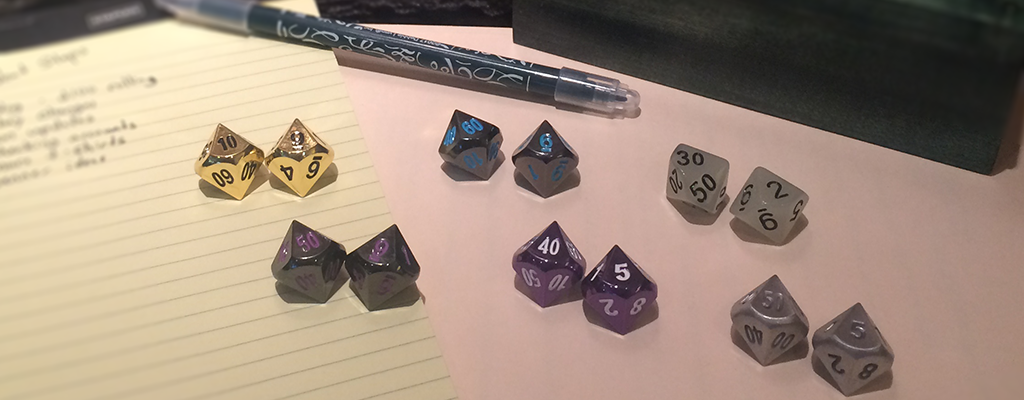
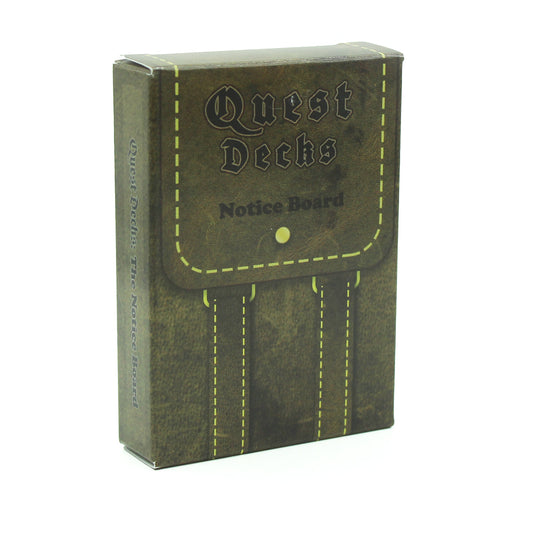
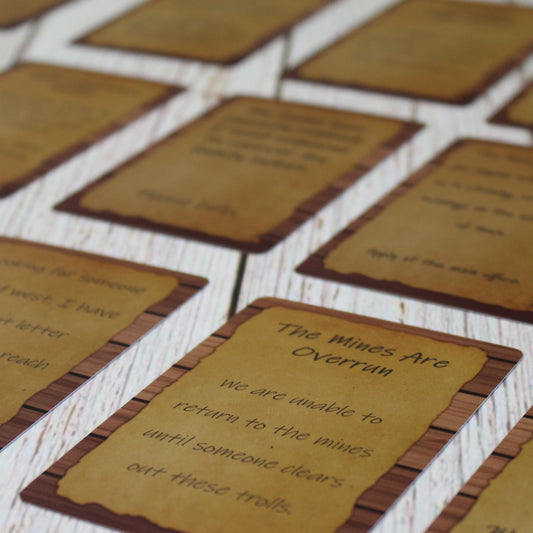
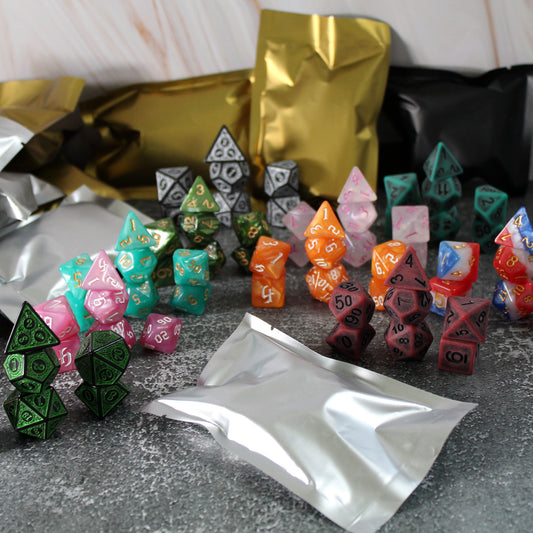
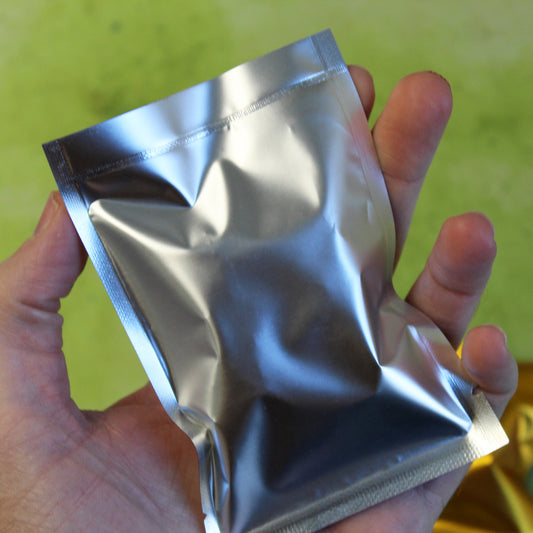
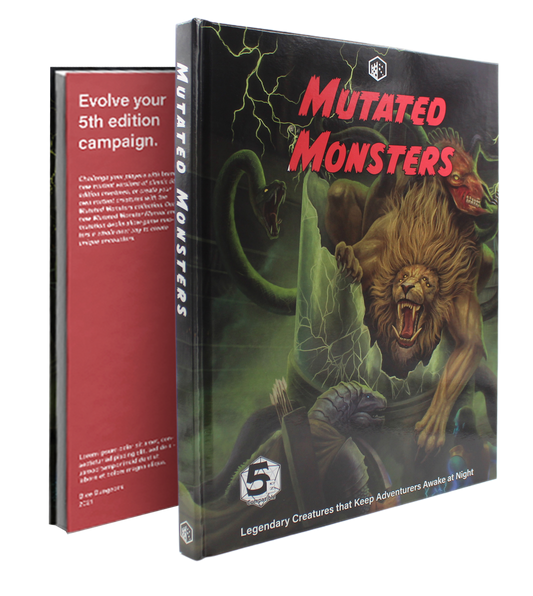
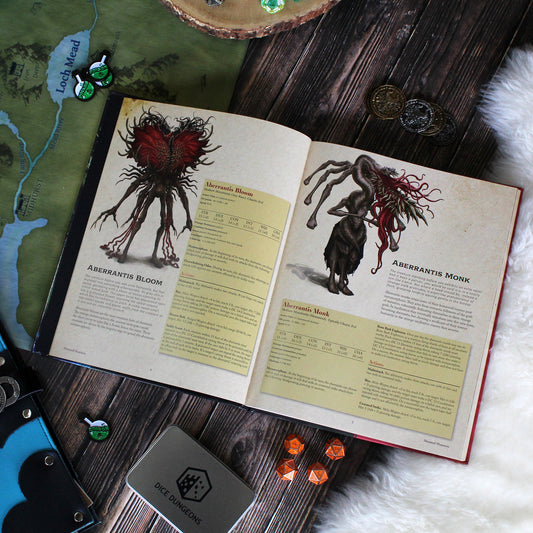
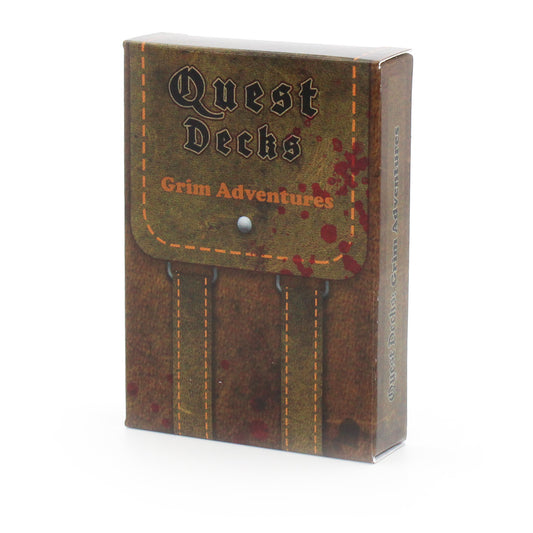
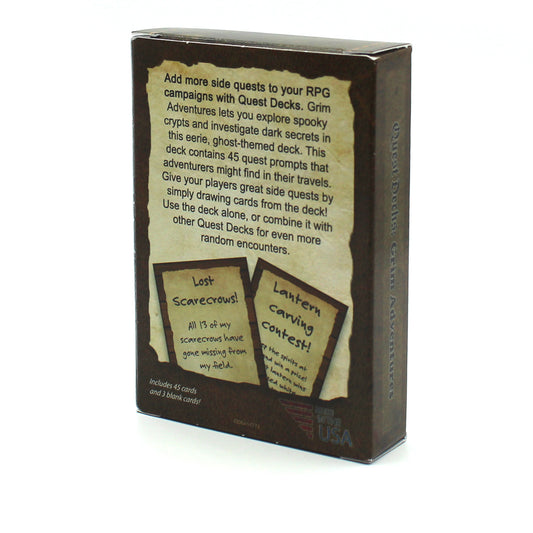
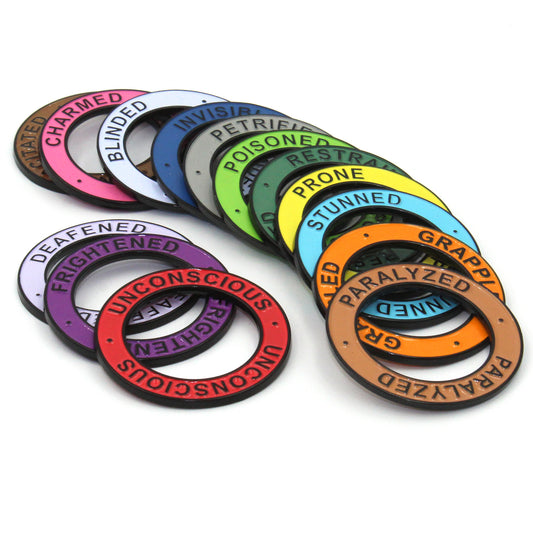
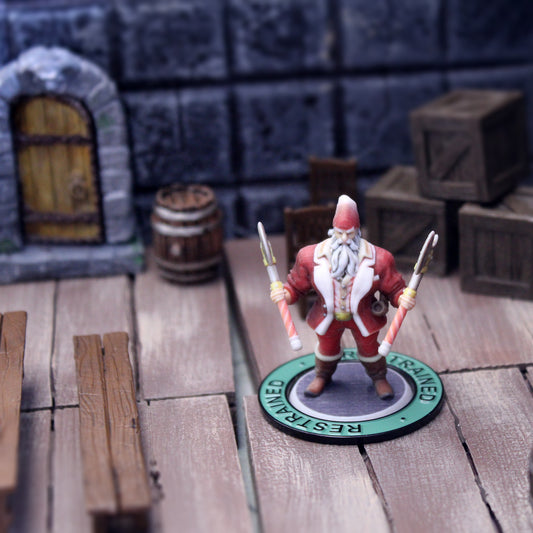
129 comments
Here’s something new to consider: the official method (where 0 on the 10s is 0, and a roll of 00 is 100) is mathematically consistent with modular arithmetic, where all you care about is the remainder after division by some number (the “modulus”). It’s sometimes called “clock arithmetic”, as that’s how wall time functions, with minutes counted modulo 60 (running 00-59), and hours modulo 12 (1-12) or 24 (00-23). 12:00 AM and 00:00 are the same time, because 0 ≡₁₂ 12.
With base-10 numbers, using a powers of 10 (10ⁿ) as a modulus is about as simple as you can get: ignore all digits from the modulus on (e.g. for mod 100, ignore all digits from the hundreds-place & greater).
d% are based on powers-of-10 modular arithmetic, with the individual dice read mod 10 (1-10 is the same as 0-9, with 0≡₁₀10), and the total read mod 100 (00≡₁₀₀100; moreover, you can use any equivalent number as the representative, so we choose 100). This is the mathematical basis for the very simple description: “One die is the tens place digit, the other the ones place”.
While the mathematical basis may be unfamiliar, you don’t need to understand any of it to actually us it; just concatenate the digits. Concatenation is a simpler operation than addition. Additionally, “00” isn’t a special case or missing a 1 but a matter of representation.
Realistically, this religious issue has no objective solution, other than live and let live. Do whatever you want at your table, and let others do the same. You could even have different players using different methods at the same table with no difference in result (a uniform distribution of a given size is statistically identical, no matter the method used to generate it).
The d10 has been messed up since it’s inception. It’s always had 0-9 on it’s face, before we had the 2nd d10 with 00-99 on it’s face. It’s the only dice made like that. d4 has 1-4, d6 has 1-6, d8 has 1-8 d12 has 1-12, d20 has 1-20. I even have a d30 1-30 and d34 that has 1-34. Also a couple actual single die d100 that has 1-100 on them. My only guess is when d10 were first made – some cost saving or technical reason they chose to keep a single digit on each face, but it’s the number one reason I prefer rolling and actual d100 to two d10’s because you truely get 1-100. I did read one comment that referred to this two d10’s being PERCENTILE dice, and I think he nailed it. That makes the most sense. So the only die that is messed up is actually just the d10.
I may be a little late, but i think 00+0 being 100 isn’t “incosistence”. Because if the first dice (00) takes the decimal and second (0) takes prime this means when 00+0 is rolled it basically say 00, but we need to remember that we only show prime and decimal number not hundreth, so we can easily put one in hundredth place when rolled (1)00+0.
The thing your failing ti realize is you can’t roll a 0 in dnd
Ok, look, the 0 on a d10 is not both a 0 and a 10 at the same time, but is an either or type situation.
Allow me to explain:
When the 1d10 is paired with the percentile then the 0 on the 1d10 is a zero!
When the 1d10 is by itself, then the 0 on the 1d10 is a ten!
The only time the 00 on the percentile is a 100, is if you roll a 00-0!
When you roll a 1-9 on the 1d10, then the 00 on the percentile will always be a zero!
So I did the calculations on the probability for your 90-0 = 100 and the normal 00-0 = 100
00-0 = 100
You have exactly a 10% chance of rolling any number 0-9 on a 1d10 and a 10% of rolling any number 10-90 on a percentile.
Now here’s we it gets tricky, the 00 on the percentile is going to be either a zero or 100, it depends on what you roll on your 1d10, are you following me here?
You have a 9% chance of rolling a 00 that equals a zero when paired with any of the 9 single digits (1-9) however you have only a 1% chance of rolling a 00 that equals 100 bc it HAS to be rolled with the 0 on a 1d10.
Now since you want to have the 0 on a 1d10 still equal a ten (as you say, treat it like it always is) then your perfect score is a 90-0, but do you not see that by doing this you are giving yourself the same exact probability of 10% for rolling either a single digit, double digit, or a perfect score.
The D&D rule book specifically has it set up so the perfect score is the rarest roll in the game.
There are but three very simple rules to remember when dealing with 1d10 and percentile dice.
1) The 0 on the 1d10 ONLY equals a zero when it is used with the percentile, otherwise it is a 10 when used by itself!
2) The 00 on the percentile only equals a zero when it is rolled with any number 1-9 on the 1d10!
3) The 00 on the percentile only equals a 100 when it is rolled with the 0 on the 1d10!
It is as simple as that, none of these three rules are contradicting each other, so please, please stop making this so complicated, also another way that proves that the 00 is meant to be used for the perfect score is how the percentile die is setup. Please, by all means grab your percentile die, I’ll wait…
…Are you ready, the first 5 faces on the top portion of the percentile die reads 10 (noon position) and going counter-clockwise, continues with 50, 90, 30, & 70
Now flip the percentile die over and it will read 00 (noon position) and going counter-clockwise again, continues 40, 60, 20, & 80
Do you see a pattern, one side is odd while the other is even, so if your 00 always equals a zero no matter what then why is it on the even side?
It’s bc it represents the perfect score when paired with the 0 on the 1d10.
I promise you that you are overthinking this and overcomplicating it way too much.
I can also guarantee that you are getting way too many perfect scores when rolling 90-0, which imo is taking away the whole challenge and rarity of obtaining a perfect score!